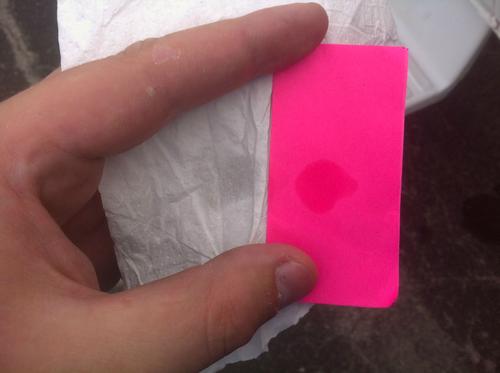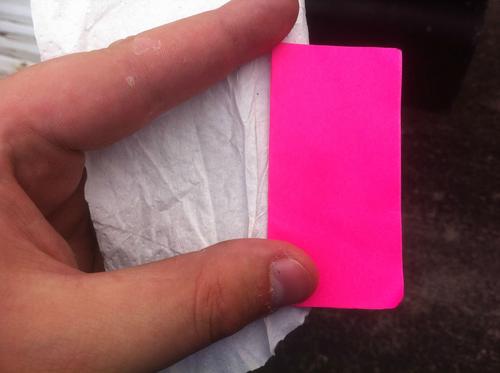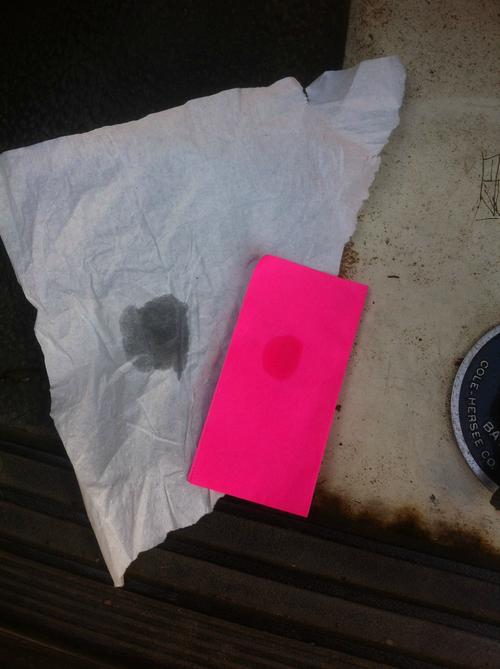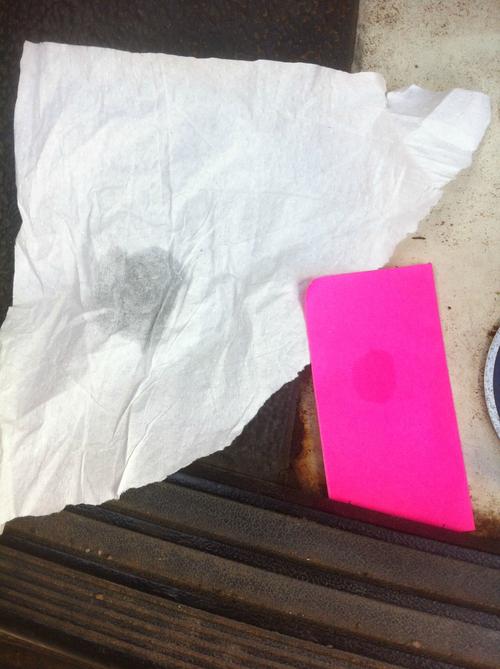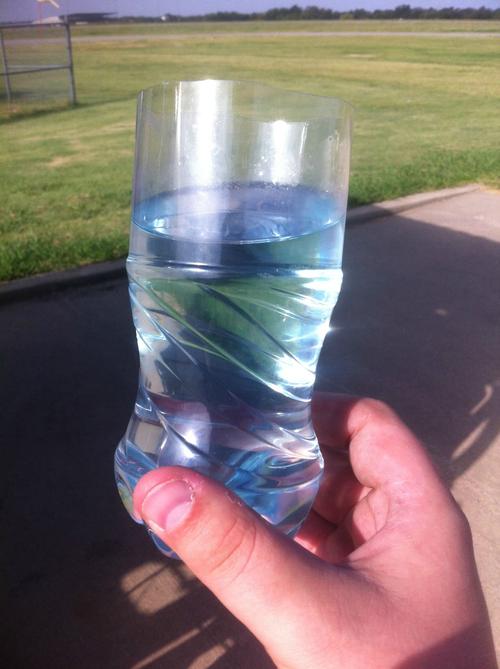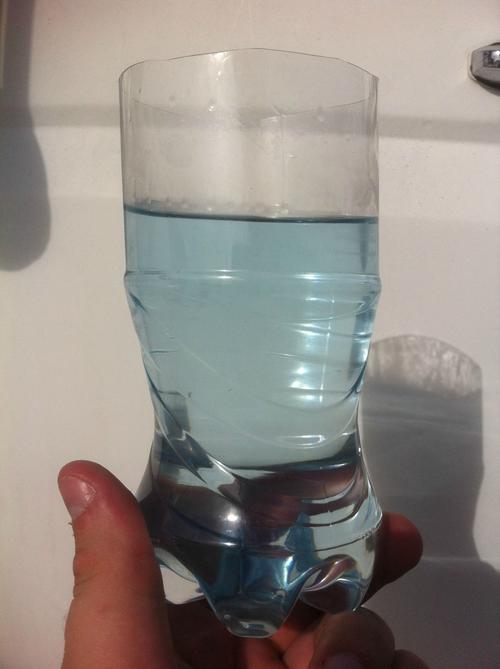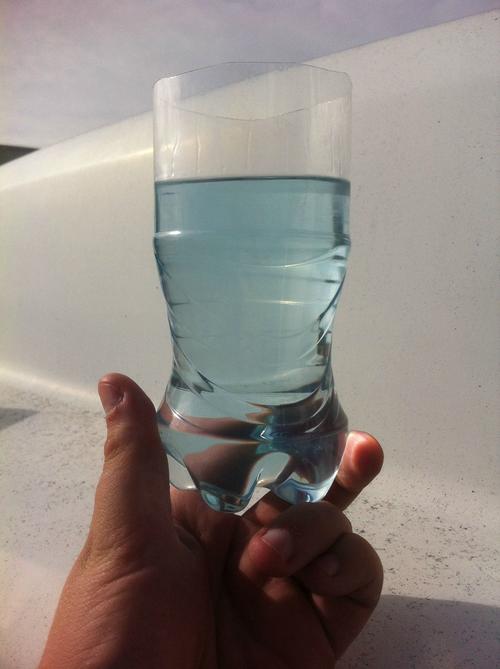overdrive148
En-Route
- Joined
- Apr 17, 2013
- Messages
- 3,903
- Location
- Fort Worth, Texas
- Display Name
Display name:
overdrive148
The only reason I know of why we have the round one is because the police/medical choppers use them IIRC. Also, if it was easier to clamp down the single point in the first place I'd agree!I'm surprised to see one of your nozzles on the Jet truck is the standard round.. None of ours were like that, all were the "Hoover" nozzle. Personally I think all Jet should be single point, life would be so much easier!
Great find. More valuable informationThe solubility question has come up before on PoA - about a year ago. A general rule of solubility of organic compounds, like those in Jet-A and 100LL, are that if they are chemically similar they are therefore miscible, so are not going to "settle out." Relevant quote from Linus Pauling's "General Chemistry" in this older thread: http://www.pilotsofamerica.com/forum/showthread.php?p=1227702#post1227702

Good question. If I can scare up a flashlight of each, I'll test itGreat work, and fascinating.
I wonder what effect the cooler blue wavelength of an LED flashlight vs. incandescent flashlight would have?

1. Would a paper towel work as well as a piece of notebook paper? Seems like the Jet A should still leave behind an oily ring.
3. Does an unagitated mixture ever form a phase boundary if left to sit? (I think you said you're going to test this anyway)
4. What happens if the fuel mixture is well-agitated as it might be during high-rate fueling? I'm curious to what degree the Jet A is actually soluble in 100LL such that, after a few minutes of agitation as would be typical, it might not ever separate because one fuel dissolved in the other. To my thinking, they are both hydrocarbons and should be soluble or at least partially so in the time it takes to fuel an small airplane.
Would the Jet A mixture show up when either bottle was held up in front of a white panel? I hold mine up a couple of inches from the plane, although it's more cream than white, the blue is always very noticeable. I try to do it in direct sunlight, so the shadow is thrown behind the sample instead of looking toward the sun.
So basically, I have these tests lined up.
1. Paper towel evaporation test (adding sticky notes too, out of my own curiosity).
2. Extended contaminated fuel settling test (so far, sources say it won't ever separate out but in the name of experimentation I'll give it a shot).
3. Testing with sunlight behind and shadow in front (possibly in front of white/cream color).
Any other requests? Once it gets slower here I'll give it a try. Overcast layer at 1700 today so probably no joy on the sunlight from behind test just yet.

